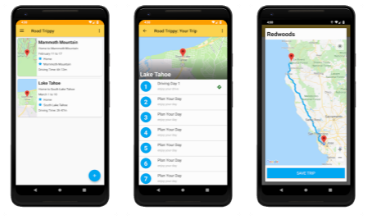DynamoDB Serverless Data
Adding NoSQL data persistence to AWS Lambda and API Gateway

Now that we have a basic API Gateway endpoint and Lambda function, the next meaningful step is to save the data posted to the API. Keeping with the AWS serverless theme, in this article we will add persistence with the help of DynamoDB. We will also keep things automated by continuing to utilize the AWS Serverless Application Model (SAM).













